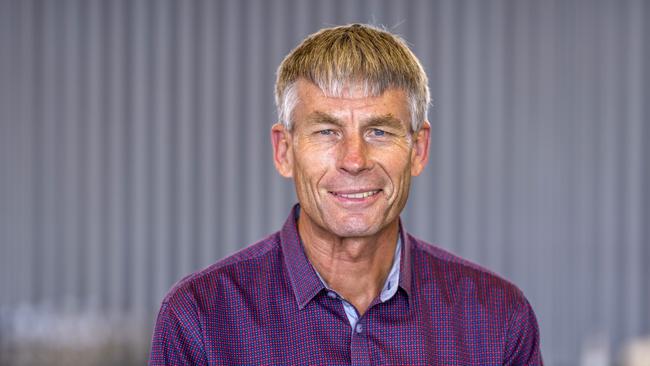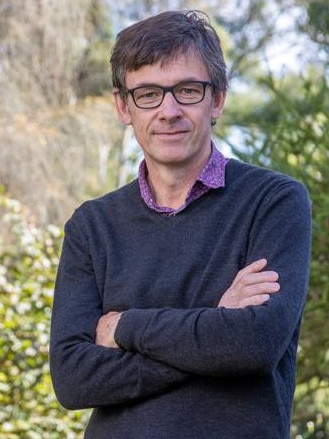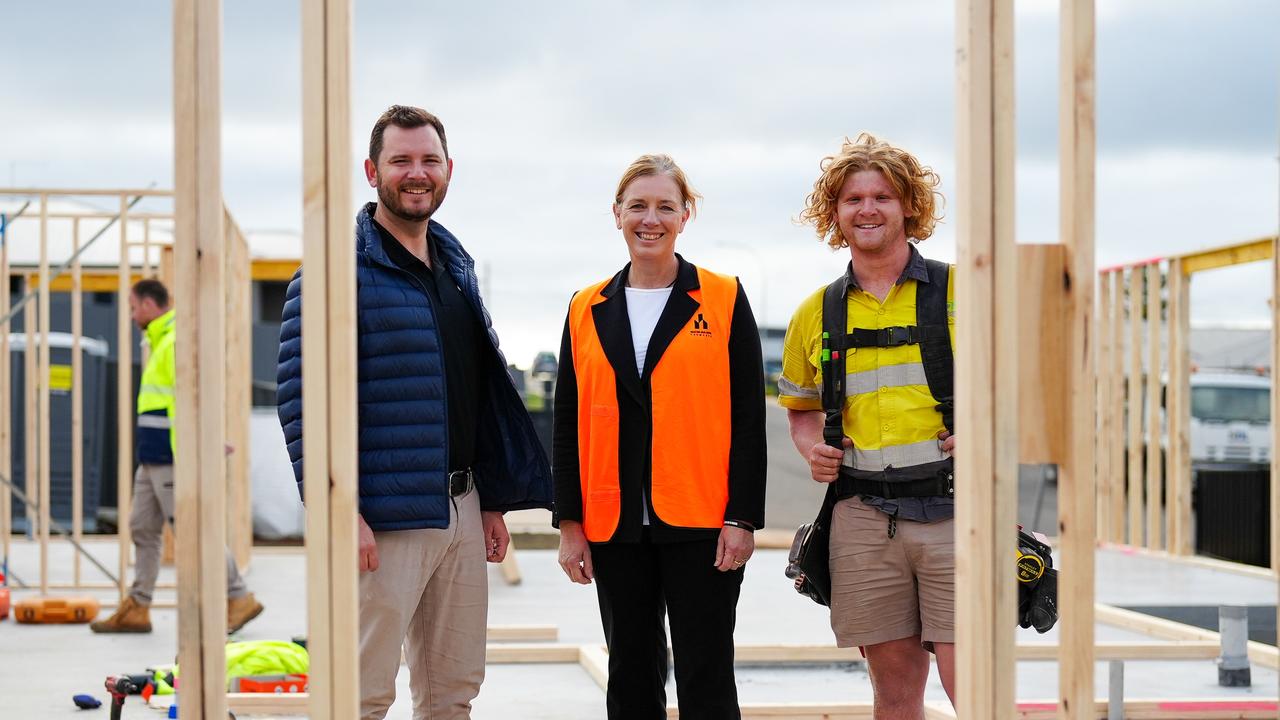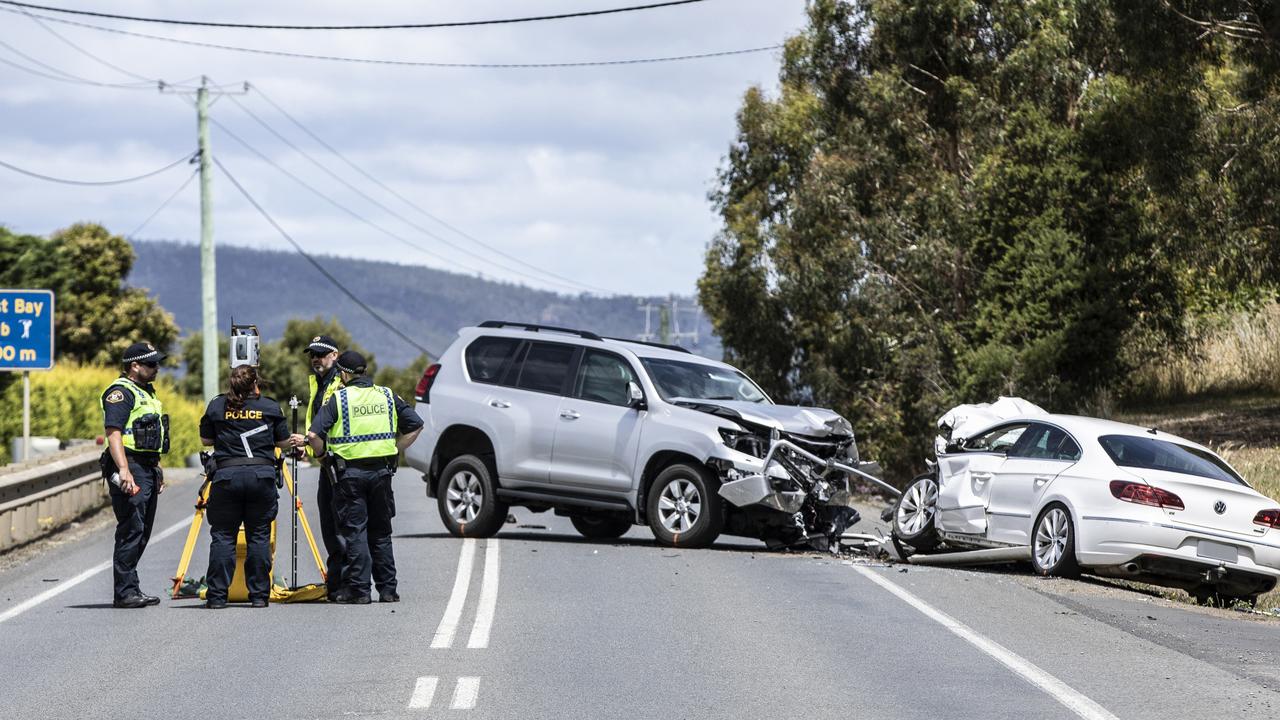Future Tasmania: Mineral exports could triple by 2050, council says
Tasmania’s mineral exports could triple in value by 2050 as demand to make green technology continues to surge, the head of the state’s peak mining industry body says.
Future Tasmania
Don't miss out on the headlines from Future Tasmania. Followed categories will be added to My News.
TASMANIA’S mineral exports could more than triple in value by 2050 as demand for the materials needed to make green technology continues to surge, according to the head of the state’s peak mining industry body.
The island’s mineral exports currently account for 65 per cent of its total exports by value – bringing in a total of $3.1b in the 2021-22 financial year.
The Tasmanian government has set a target of increasing the value of the state’s export trade to $15b by 2050, and Tasmanian Minerals, Manufacturing and Energy Council CEO Ray Mostogl says this would mean our mineral exports would be worth $9.5b a year.
“Even by 2040, other global mining locations will still be converting from fossil fuel electricity generation to renewable energy, so Tasmania will retain its clean, green badge of honour, but there will be more standing on the podium alongside us making that claim,” he said.
“Product tracing will reveal to discerning consumers whether their products were produced in a highly regulated location or sourced from somewhere else.”

Right now, 0.88 per cent of the Tasmanian land mass is under a mining lease and Mr Mostogl has anticipated this could grow to 1 per cent over the next two decades.
“Tasmania will be exporting a wider range of minerals made up of [materials] needed to manufacture the new technology which is arresting global warming,” he said.
The TMEC boss said the state’s mining sector had a strong long-term future ahead of it and would play a role in the global push for decarbonisation.
“Tasmanian minerals are already amongst the greenest in the world given the electricity used is sourced from a renewable source,” he said.
“The majority of Australia’s metalliferous mines are in remote locations and therefore use diesel or gas to run the generators to supply the electricity, so Tassie is already a long way in front. In saying that mines continue to explore their own renewable sources – primarily to address the spiralling electricity prices.”
Mr Mostogl said the sector was investigating how to electrify its truck and vehicle fleets to further reduce its carbon footprint.
“The Burnie-based Elphinstone Group have drawn a line in the sand and boldly set a goal of being able to supply battery electric underground vehicles. When successful, both mines here and mines all over the world will be able to replace diesel with BEVs,” he said.
“The emissions and the suite of [emissions reduction] targets companies, countries and citizens are calling for will not be delivered without mining in the first place. Global decarbonisation ceases without mining.”

Professor Sebastien Meffre, Head of Earth Sciences at the University of Tasmania, said that while it was likely the state’s mining sector would “only have an indirect role” in achieving the Tasmanian government’s 200 per cent renewable energy target by 2040, it would nonetheless make a worthy contribution to global decarbonisation efforts.
“The availability of renewable power throughout the state, the strong environmental governance and the usefulness of Tasmanian mineral deposits for the emerging technologies will ensure that Tasmanian mining will continue to contribute significantly to the global transition towards a low carbon economy,” he said.
Professor Meffre said the mining sector was a major contributor to gross state product, as well as to government revenue through royalties. He said this was “likely to expand” in the future due to Tasmania’s abundance of such minerals as cobalt, copper, lithium, nickel, silicon, silver, and zinc – all of which are key components used to manufacture green energy technologies.

Professor Richard Eccleston, director of the university’s Tasmanian Policy Exchange, said there would be greater investment in mining on Tasmania’s West Coast over the next 20 years, as the world increasingly looks to lower emissions.
“The challenge will be to ensure this growth occurs in a way that is environmentally sustainable and delivers long term benefits to local communities,” he said.
Renewables, Climate and Future Industries Tasmania CEO Anton Voss said it was “still early days” in rare earth minerals exploration in Tasmania but there were “some encouraging signs, including potential for rare earth magnetic minerals needed for wind turbine manufacturing”.




